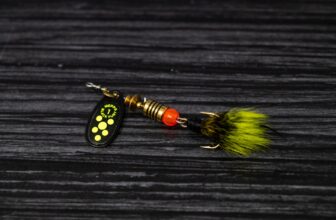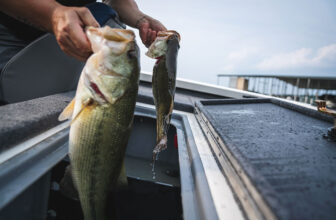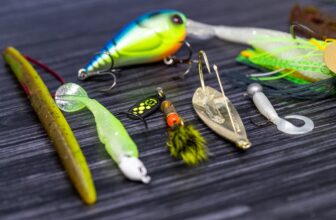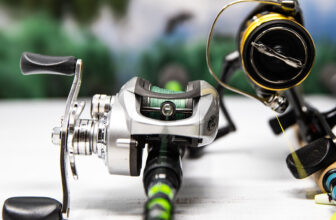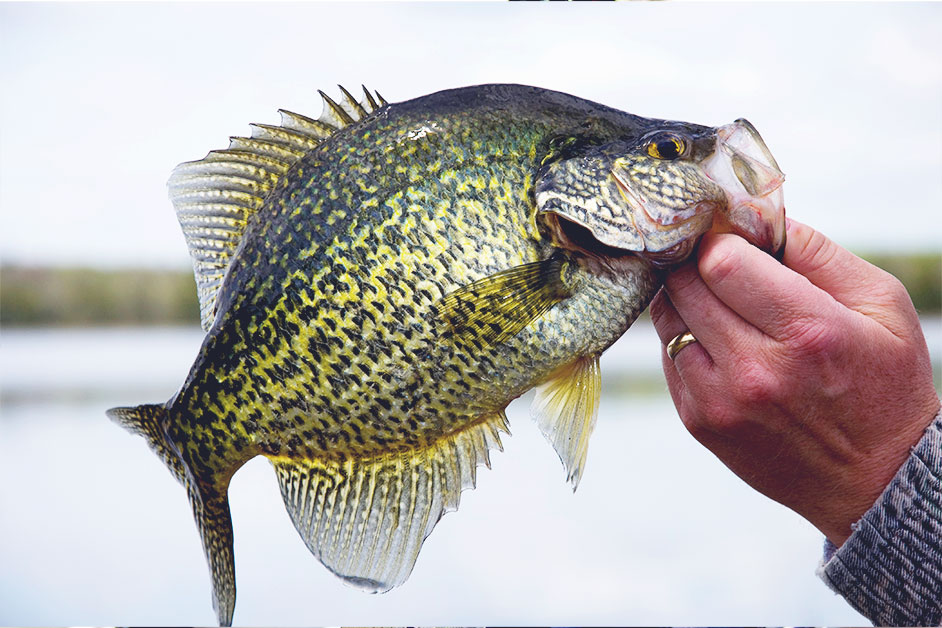
Are you a fishing enthusiast looking for a challenge? Crappie fishing might be just the thing for you. Crappie fishing is popular amongst anglers due to the challenge it presents, as well as the delicious fish that can be caught. In this guide, I will cover everything you need to know, from understanding their behavior and habitat to the essential equipment and techniques that will help you catch more fish. So, grab your fishing rod, and let’s dive into the ultimate guide to crappie fishing.
Introduction to Crappie Fishing
Crappie, also known as speckled perch or papermouth, are a freshwater fish species that are popular amongst anglers for their tasty flesh and exciting fight. Crappie fishing is a sport that has been around for a long time and is enjoyed by many anglers worldwide. The fish are known for their schooling behavior, which can make them easy to locate and catch, but also tricky to target.
Crappie can be found in freshwater bodies such as lakes, ponds, and rivers across North America. They are most active during the spring and fall when the water temperatures are cooler. The fish can be caught using various techniques, including jigging, trolling, and using live bait.
Understanding Crappie Behavior and Habitat
To catch more crappie fish, it is essential to understand their behavior and habitat. Crappie generally school together, which means that if you catch one, there are likely more in the same area. They prefer to live in shallow water during spawning season and then move to deeper water as the weather gets warmer.
Crappie are also attracted to structure such as logs, stumps, and weed beds, as these provide cover and protection from predators. When fishing for crappie, focus on fishing around these structures, as this is where the fish are likely to be.
Essential Equipment for Crappie Fishing
To be successful in crappie fishing, you will need some essential equipment. The fishing rod and reel are the most critical pieces of equipment, and you will need to choose the right one based on your fishing style and preference. A lightweight rod with a sensitive tip is perfect for crappie fishing, as it will allow you to feel the fish nibbling at your bait.
You will also need a good quality fishing line, as crappie have soft mouths, and a light line will prevent the hook from tearing out. A hook size between 2 and 6 is ideal, depending on the size of the fish you are targeting. Additionally, a bobber or float is necessary to keep your bait at the right depth and to detect bites.
Choosing the Right Crappie Jig and Rig
Choosing the right crappie jig and rig is crucial to catching more fish. Jigs are the most popular lures for crappie fishing, and they come in different sizes, shapes, and colors. A 1/16-ounce jig is perfect for crappie fishing, as it mimics the size of their natural prey. The color of the jig should match the color of the water, and you can experiment with different colors until you find what works best.
The rig you use for crappie fishing will depend on the depth of the water and the structure of the area you are fishing. A slip bobber rig is a popular choice for crappie fishing, as it allows you to fish at different depths. A Carolina rig is also effective, especially when fishing in deeper water.
Techniques for Catching More Crappie Fish
There are several techniques that you can use to catch more crappie fish. Jigging is the most popular technique and involves bouncing the jig up and down in front of the fish until they take the bait. Trolling is another effective technique, especially when fishing in deeper water. You can use a crankbait or a spinner to attract the fish.
Another technique that works well for crappie fishing is using live bait. Minnows and worms are the most popular live baits for crappie fishing. You can hook the bait through the lips or the back, and then suspend it at the depth where the fish are located.
Tips for Fishing in Different Seasons and Weather Conditions
Fishing for crappie can be affected by different seasons and weather conditions. During the spring, crappie come closer to the shore to spawn, making them easier to catch. In the summer, they move to deeper waters, so fishing around structures is essential.
During the fall, crappie move back to the shallow waters, making it another excellent time to catch them. In the winter, they move to deeper water, and you will need to fish slowly and patiently.
Weather conditions such as rain and wind can also affect crappie fishing. On a cloudy day, crappie will move closer to the surface, making it easier to catch them. Windy conditions can also be advantageous as they create a current that brings food towards the fish.
Common Mistakes to Avoid While Crappie Fishing
There are several common mistakes that anglers make when crappie fishing. One of the most common mistakes is using the wrong size hook. A hook that is too large can cause the fish to spook, while a hook that is too small can result in the fish swallowing the hook, making it difficult to release them.
Another mistake is not fishing around structures. Crappie are attracted to structures, and not fishing around them can result in a poor catch.
Secrets to Master Crappie Fishing
To master crappie fishing, you need to be patient and persistent. It takes practice to understand their behavior and to catch more fish. One secret to catching more crappie fish is to use a slow retrieve. Crappie are a slow-moving fish and are more likely to take the bait if it is moving slowly.
Another secret is to fish during the early morning or late afternoon when the fish are most active. Finally, using scent attractants such as garlic or anise can also increase your chances of catching more crappie fish.
Best Places for Crappie Fishing
Crappie can be found in freshwater bodies such as lakes, ponds, and rivers across North America. Some of the best places for crappie fishing include Lake Okeechobee in Florida, Lake Fork in Texas, and Lake of the Ozarks in Missouri. When looking for the best places to fish for crappie, focus on the areas with structures and cover, as these are the places where the fish are likely to be.
Recipes for Cooking Crappie Fish
Crappie is a delicious fish that can be cooked in various ways. One popular recipe is crappie cakes, where the fish is mixed with breadcrumbs, egg, and spices, and then fried. Another tasty recipe is crappie chowder, where the fish is added to a creamy broth with potatoes, corn, and other vegetables.
Conclusion
Crappie fishing is a challenging and rewarding sport that requires patience and persistence. Understanding the behavior and habitat of crappie, choosing the right equipment and techniques, and avoiding common mistakes will help you catch more fish. Remember to be patient and keep practicing, and soon you will be a master crappie angler. Happy fishing!




